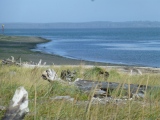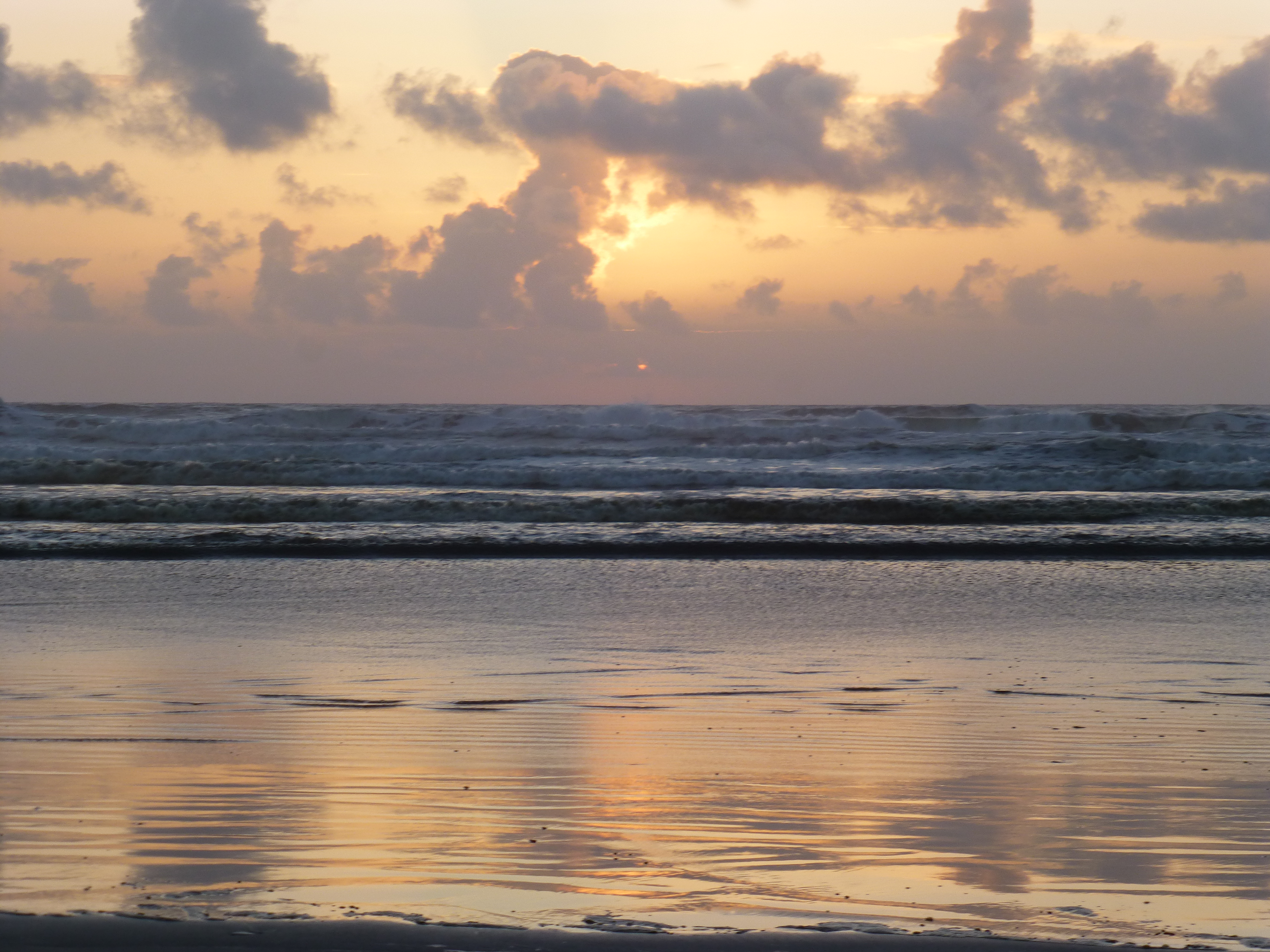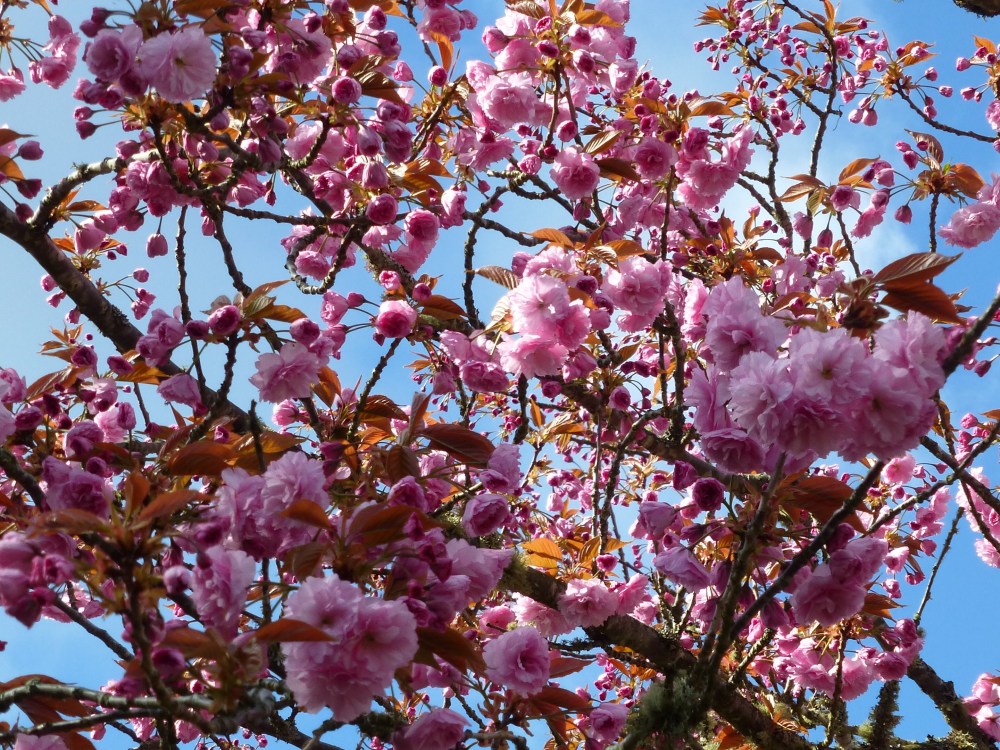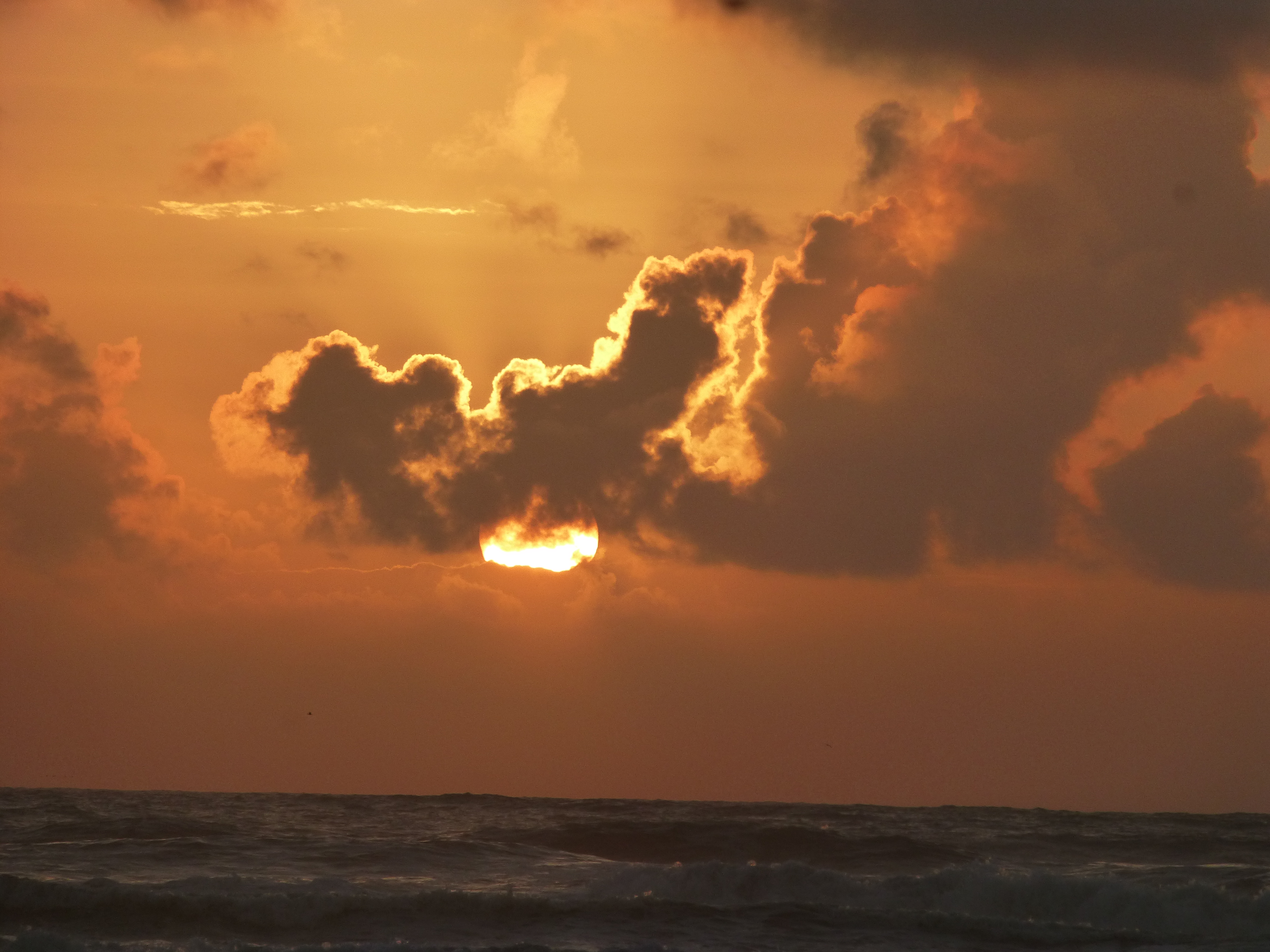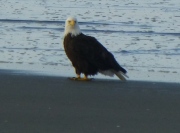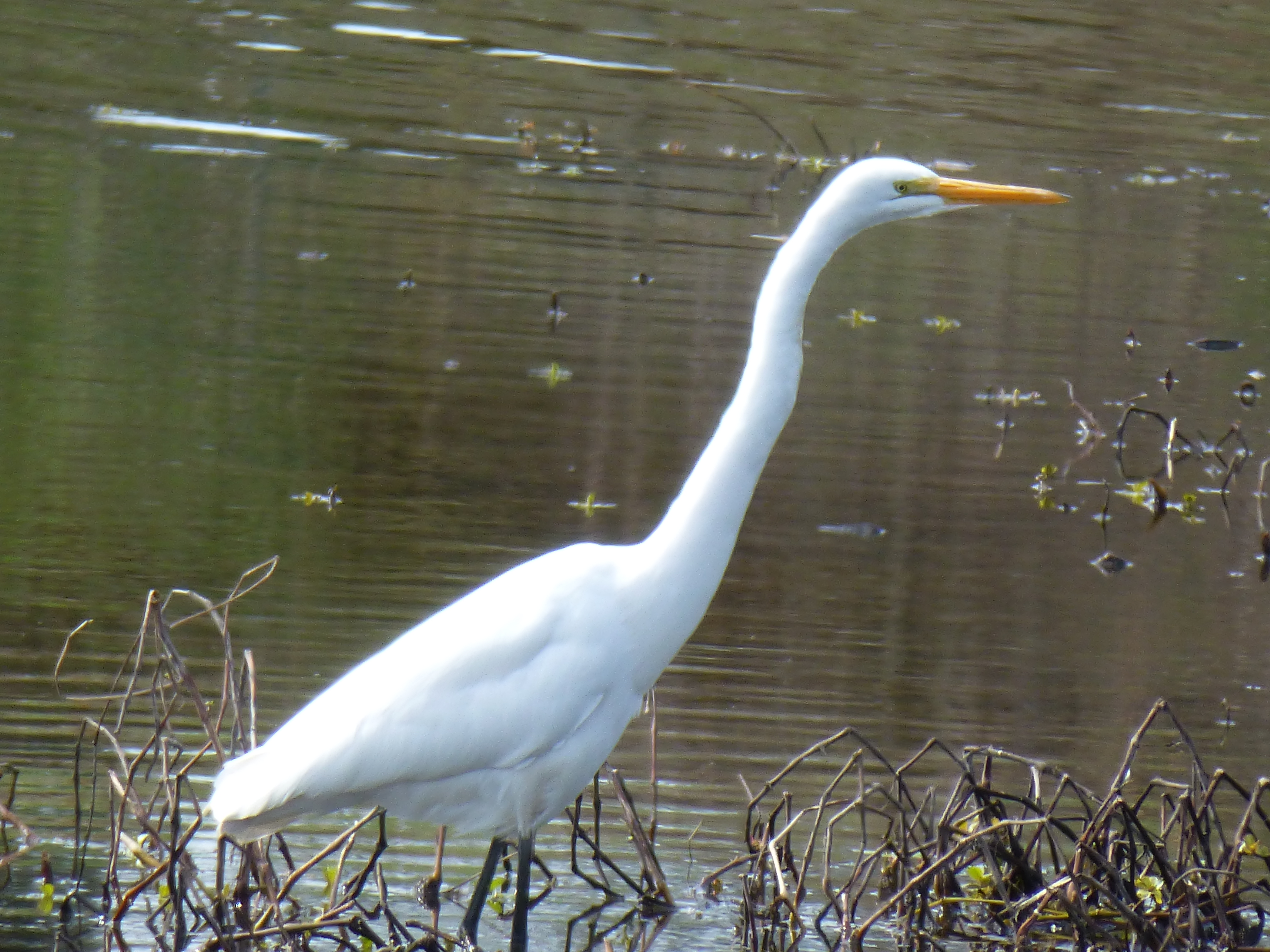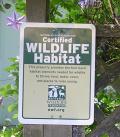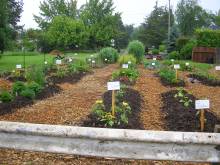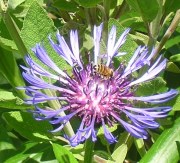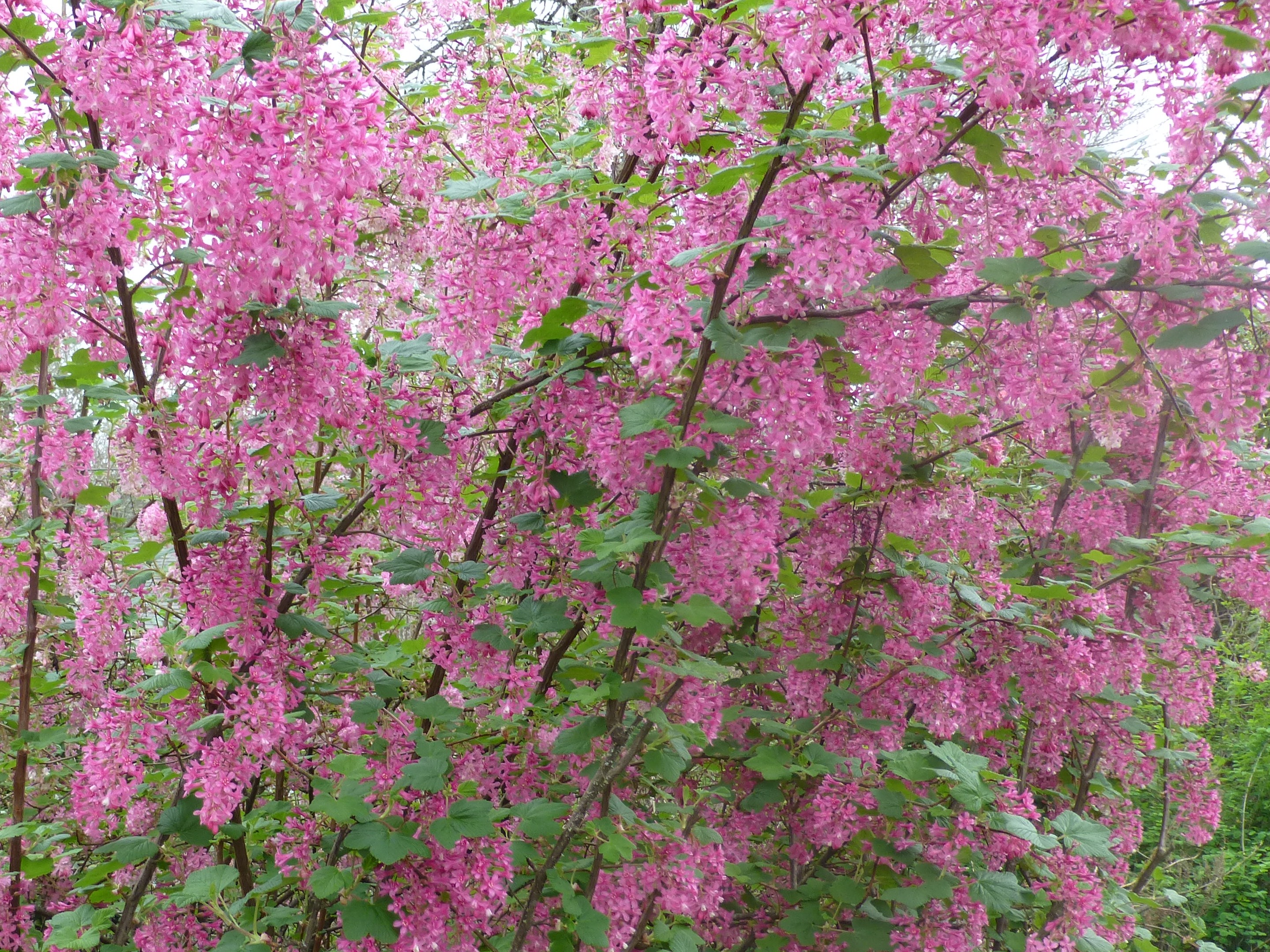By Madronna Holden
“‘We are waiting for the wolves to answer. We want a healing, a cure for anguish, a remedy that will heal the wound between us and the world that contains our broken histories.”
— Linda Hogan, “Deify the Wolf”
Pioneers in the Willamette Valley gathered in the so-called Wolf Meetings” to establish a territorial government. Why this label? Given their personal disagreements, the pioneers failed to create a common government. But the one thing they did agree on was the extermination of local wolves.
In those days, in the words of PBS’s “The Wolf that Changed America”, wolves “were the very embodiment of America’s vanishing wilderness”. That wilderness was vanishing according to the rubric of Manifest Destiny, which saw both wild creatures and indigenous peoples fated to fade away before the onslaught of ” civilization”.
The tale of Little Red Riding Hood, reflects this view in children’s terms. Here the wolf represents the savage wilderness, and Red Riding Hood the naïve girl-child delighted by birdsong and flowers, who puts herself in mortal danger because she has not yet learned to fear the land and its creatures– and must thus be saved by the huntsman. This fairytale dates from Europe of the 17th and 18th centuries —the heyday of the colonial takeover of the Americas.
But there are notable exceptions to the image of the wolf as mythical evil: as the in case of wolf hunter Ernest Seton turned environmentalist explored in the PBS documentary above. The intelligence of a particular wolf, his communications with the wolf hunter, his self-possession and dignity—and finally, his dying loyalty to his mate—all moved the wolf hunter to see the world entirely differently. Indeed, we might say this wolf domesticated Seton—if, tragically, at the cost of his own life.
Seton spent the remainder of his life fighting to save habitat where wild creatures might have a natural home. He helped persuade Theodore Roosevelt to preserve US wilderness and founded the Boy Scouts—in line with his belief that humans needed intimacy with the wild.
Willamette Valley Kalapuya elder Esther Stutzman relates how wolf skins brought in for bounty to the trading post at Scottsburg, Oregon, were stacked in shoulder high piles before being pushed into the Umpqua River to dispose of them. We can only imagine what this meant for those whose origin story told how First Woman entrusted her children to the care of Mother Wolf when she went out to discover her land. First Woman found her children well cared for on her return.
Mother Wolf thus gave human children an experience of the natural world as family. We might well follow this model of learning from the natural world that succors us. And we might hope to do so in a way that does not require the death of other natural creatures as happened with Seton’s wolf-hunting.
Mary Tallmountain spoke a telling poetic acknowledgement to the “last wolf”who made its way through the “ruined city” to lay its muzzle on the hospital bed where she battled cancer. “Yes”, she told the wolf, “I know what they have done”.
What they had done was wage a war of extermination on wolves and their wild kin. Shortly after the “Wolf Meetings”, wolves were largely gone from Willamette Valley– though there were a few hold-outs in wilderness areas until the last wolf in Oregon was killed for bounty in 1947.
But the wolf gone from official records was not gone from sight. There were mysterious wolf sightings long after this, as in the gray wolf sighted in the Opal Creek Wilderness half a century later. As wolves will do, this creature would stand and look back at a human for a moment before it turned to vanish.
I don’t know anything more about the wolf at Opal Creek. Young wolves generally disperse about 40-80 miles, but they have gone as far as 500 miles to find a new family. Until they find their family, in turn, they cannot realize their nature as a wolf. It was a wolf’s fierce loyalty to his mate that caused Seton to write WHY? in his journal with respect to his own actions —and to turn from wolf killer to wolf protector.
He is not alone in this change. According to a recent US survey 74 per cent of US citizens now agree that the wolf should have a place in natural ecosystems. The Nez Perce did not need a survey to determine their own opinions on this: they offered their land as a site for wolf reintroduction– and then held a ceremony to welcome the wolves back.
Among the 26 per cent who do not favor the wolf’s comeback are ranchers who see their livestock at risk with that return. Tactics to support both the ranchers and the wolves are being worked out in the wake of Oregon’s “no kill” court ruling. One side effect of this process is that humans are spending more time with the domesticated animals they raise for meat– since the primary method to inhibit wolf killings of this type is human presence.
Now we are also learning more about wolves–and thus how to treat them according to their own nature. A recent editorial in the Oregonian concurred with the Fish and Wildlife’s decision to kill two yearling lamb-killing wolves that refused to be relocated and were roaming without a pack. That editorial also argued we should not be killing wolves in the wilderness who are doing what wolves naturally do.
There is much to learn about wolves’ essential roles in ecosystems: observations of reintroduced wolves in the Yellowstone indicate their presence fosters the return of aspen groves, changing the way elk graze—higher up on the branches, so they can keep a lookout. Wolf kills also feed at least twelve other species—not counting insects.
Even in the Red Riding Hood story, there is embedded an older memory of wolf as kin—indicated by his dressing in the clothes of the young girl’s beloved grandmother. Though the moral of this fairy tale is the foolishness of such a guise, there are those who find a different moral—and a different possibility—in our relationship with wolves.
As Chickasaw Linda Hogan sees it, the wolf is “a relative inside our own blood, an animal so equal to us that it reflects back what we hate and love about ourselves.”
Indigenous peoples are not alone in this view. In a much older European story than that of Red Riding Hood, twins suckled by a wolf founded Rome.
Here we find two contrasting stories of domestication. In the one humans domesticate the wild by setting it under human control—and in the other humans and wild creatures share the common household of earth. In this latter view wild creatures domesticate us as much as we domesticate them.
Paul Shepard’s thesis is that the latter has been the predominant type of domestication– whether humans realize it or not. He argues that though humans assume they are domesticating animals and plants, the latter are really domesticating humans, since they have changed our humanity over time so we might accommodate them in our lives.
We are all too familiar with the contrasting idea of domestication as control, which affects both what industrial societies consider wild and what they consider feminine. In this framework, both women and wolves according to Clarrisa Estes, “have been hounded, harassed, and falsely imputed to be devouring and devious.”
We presume to own what we thus domesticate even as we presume to control it: thus genetically engineered lives are patented by their designers.
But in the older view of domestication, both the wolf and the feminine are empowered by their wildness: by their intuition, their attention to detail—and most of all, their loyalty to family (a family that extends to all natural lives)—and their protection of their children with a singular fierceness.
In this view, humans are familial partners with the wild world, as illustrated by the case of lions who shared their kill with certain indigenous peoples of South Africa, and the dolphins who fished with the indigenous peoples of Australia– a practice initiated by the dolphins.
This view of domestication is not about taming the wild, but in the apt terms of ethnobotanist M. Kat Anderson, about tending the wild. Rather than shrinking the lives of other species into an arena controlled by humans, this type of domestication seeks to extend human consciousness to embrace the whole of the natural world as family.
There were the wild hedgerows in indigenous farms in Peru, and peasant farms in England and Eastern Europe—where hedgerows both fed and provided habitat to other species and provided a reservoir of learning for the farmers. They obtained many seed varieties from them, for instance.
Here there is no line drawn between the “weeds” that are not under human control and a single plant chosen by humans. Indeed, research published this month supports Vandana Shiva’s observation that the plants declared “weeds” in agribusiness monocultures constitute essential nutritional, medicinal, and material (e.g. housing and basket making) resources for indigenous farmers.
Instead of attacking biodiversity to bolster the one seed or one animal—or part of an animal as in the case of genetic engineering—humans favor at the moment, the Kalapuya who sustained themselves for at least six thousand years in place, fostered an abundant diversity of local animals and crops–such that their valley was known as the “gourmand’s paradise” by early European explorers for its abundance of available food.
Kalapuya also echoed the practice of the wolf in their hunting: early pioneers near Albany witnessed native hunters surround a herd and conscientiously let its strongest animals go before their took their own kill.
Wherever humans have lived they have interacted with and thus changed the natural world. They have taken what they need for survival, as do all natural creatures. But there is more than one way than one way to do this. We can attempt to bring other lives under our control, making monocultures of our favorites—and declaring war on all other natural lives as we erase natural habitats.
Or we can embrace other natural lives as our kin—expanding our sense of family to all natural life. Creatures that share our gardens, our farms, our cities, and our houses—as well as the habitats we dedicate to them—take us, in Hogan’s words, “across the boundaries of ourselves,” teaching us the language of life which may yet sustain us.
Filed under: Animals, Contrasting worldviews, environmental philosophy, Folklore and Oral Tradition, worldviews | Tagged: domestication, Ernest Seton, Little Red Riding Hood, wolf re-introduction, wolves, women and wolves | 8 Comments »



